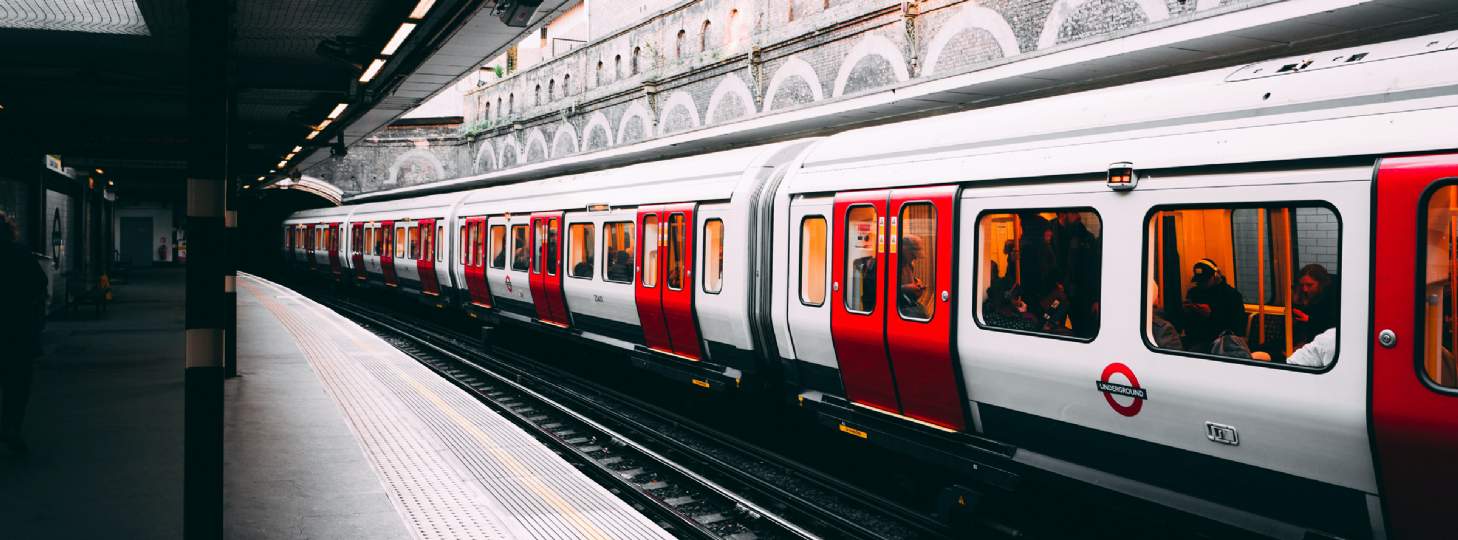With the financial impact to Transport for London caused by the pandemic, our capital’s transport network has faced an existential crisis. Funding is crucial to keep the tubes and buses running and the longer it takes City Hall and the Government to agree on how to address the shortfall, London’s recovery and competitiveness is at risk.
While many of us in the property industry may grumble at the inconvenience caused by this week’s rail strikes – the biggest strike for a generation – we should take note of the significance. And while some may argue the impact of the strikes is diminished now many know working from home is possible, indeed it’s working from home that is part of the problem – the train operators rely on people buying fares.
While not exclusive to London, the national rail strikes were evident across the capital and shone a light on our reliance on good, operational infrastructure we have come to take for granted.
The London Underground is the metaphoric artery to the beating heart of our city. As recently reported in the Financial Times, “subways… are part of a city’s fabric, literally bored through its depths. When a metro service works well, it denotes not only efficiency but social cohesion: everyone rides the subway. When it deteriorates, the city’s spirit declines.”
The Elizabeth Line’s opening earlier this month was a momentous moment, and its deserved press attention highlighted the many benefits of our beloved Tube, with reports suggesting 2.97 million journeys made per day in the lead up to the Jubilee weekend, 73 per cent of pre-pandemic levels. By contrast New York’s neglected subway is underused with daily accounts of increased crime. We cannot afford to ignore the focus London’s transport network needs to ensure we preserve what works well, and improve what does not.
Transportation is a key component to the ongoing return to the office. Giving up the daily commute five days a week is, many Londoner’s feel, one of the advantages to come from pandemic lockdown. With businesses encouraging employees back in, where it’s possible to make the commute as ‘painless’ as possible makes sense. This is reflected in occupier activity, with connectivity listed as a key requirement among businesses looking for new office space in the city. As such, new developments around Elizabeth Line stations in Farringdon, Paddington and Tottenham Court Road have let well, attracting names such as Tik Tok and G-Research. The Elizabeth Line is also anticipated to give submarkets such as Canary Wharf a major boost, thanks to access to central London in just over ten minutes.
Proximity to major tube and rail stations significantly eases the strains of travel to and from the office. With greener modes of transport encouraged, new office design incorporates cycle storage and EV/ e-scooter charging, but the Tube remains the biggest deterrent from a reliance of cars, as Tuesday’s tailbacks demonstrated.
With a fit for purpose, well-funded rail and tube network, the world’s our oyster and London remains a major global city for business. Ignore the strikes at your peril.
Further information
London offices: what’s happening and where next in 2022

.jpg)
.jpg)

.jpg)



.jpg)